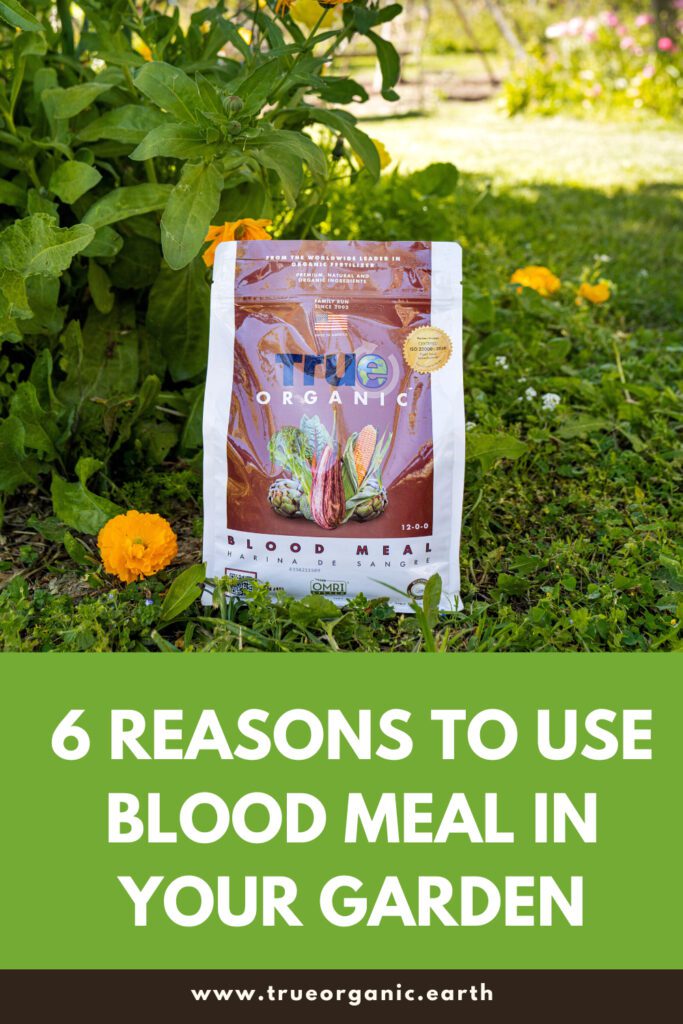Introduction
Discovering dried blood in your garden soil or on plants can be puzzling and even concerning. This phenomenon might raise questions about its origin and potential impact on your garden’s health. Understanding why dried blood appears, its effects on soil and plants, and how to manage it effectively is essential for maintaining a thriving garden environment.
In this article, we dive into the causes of dried blood in gardens, its implications for soil fertility and plant growth, and practical solutions for gardeners facing this issue. Whether you’re a seasoned gardener or a beginner, this guide offers expert insights and actionable advice to keep your garden healthy and productive.
What Causes Dried Blood in Gardens?
Animal Activity and Predation
One common reason for dried blood in garden areas is the presence of animals or insects. Small mammals, birds, or predatory insects may injure prey or get injured themselves, leaving traces of blood on soil, leaves, or garden debris. For example, a bird catching an insect or a rodent encounter can result in blood spots drying on plants or soil surfaces.
Garden Injuries and Human Activity
Garden tools, pruning, or accidental damage to plants and soil organisms can cause bleeding in plants or minor soil contamination with blood. If gardeners handle plants or soil without care, small wounds or cuts may lead to blood drops that dry quickly under the sun.
Use of Blood-Based Fertilizers
Another notable cause is the application of blood meal or other blood-based organic fertilizers. These products, derived from dried animal blood, are rich in nitrogen and widely used to enrich garden soil. Sometimes, residual dried blood particles can be visible on the soil surface after fertilizer application.
Effects of Dried Blood on Garden Soil and Plants
Nutrient Enrichment
Dried blood contains high levels of nitrogen, an essential nutrient for plant growth. When incorporated correctly, it can boost soil fertility, promote lush foliage, and improve overall plant health. However, excessive dried blood or blood meal can cause nutrient imbalances or attract unwanted pests.
Potential Pest Attraction
Blood residues can attract scavengers such as insects, rodents, or even larger animals. This may lead to increased pest activity, which could harm plants or disrupt the garden ecosystem.
Soil Microbial Activity
Blood-based products can stimulate beneficial microbial activity in soil by providing organic nitrogen. This enhances soil structure and nutrient cycling, benefiting plant roots and growth.
How to Safely Manage and Utilize Dried Blood in Your Garden
Proper Application of Blood Meal Fertilizer
- Apply in moderate amounts to avoid nitrogen overload.
- Incorporate into soil rather than leaving on the surface to reduce pest attraction.
- Follow product instructions for timing and quantity.
Cleaning and Maintenance
- Remove any visible dried blood stains caused by animal activity to minimize pest attraction.
- Use garden gloves and wash tools regularly to prevent contamination.
Pest Control Measures
- Monitor for increased pest activity around dried blood spots.
- Use natural repellents or barriers to discourage scavengers.
Enhancing Soil Health
- Combine blood-based fertilizers with compost and organic matter.
- Maintain balanced soil pH and moisture to optimize nutrient uptake.
When to Be Concerned About Dried Blood in the Garden
Signs of Pest Infestation
If dried blood accompanies signs of gnawed plants, insect webs, or rodent droppings, immediate pest management may be necessary to protect your garden.
Over-Fertilization Symptoms
Watch for plant leaf burn, yellowing, or stunted growth, which can indicate excessive nitrogen from blood meal or other sources.
Health and Safety Considerations
Handle blood-based products with care and avoid inhaling dust. Ensure pets and children do not ingest untreated blood fertilizers.
Conclusion
Dried blood in your garden can originate from natural animal activity, human handling, or the use of blood-based fertilizers. While it can enrich soil with valuable nitrogen and stimulate beneficial microbial life, it also requires careful management to prevent pest attraction and nutrient imbalances.
By understanding the causes and effects, and applying practical management techniques, gardeners can leverage the benefits of dried blood while maintaining a healthy, vibrant garden. Stay observant, apply fertilizers responsibly, and integrate pest control strategies to keep your garden flourishing season after season.
